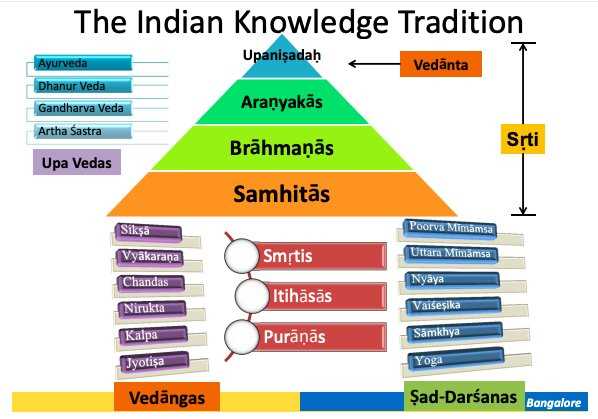The Aranyakas are a part of the ancient Indian Vedas concerned with the meaning of ritual sacrifice. They typically represent the later sections of the Vedas, and are one of many layers of Vedic texts. The other parts of the Vedas are the Samhitas (benedictions, hymns), Brahmanas (commentary), and the Upanishads (spirituality and abstract philosophy).
The Aranyakas discuss sacrifices, in the language and style of the Brahmanas, and thus are primarily concerned with the proper performance of ritual (orthopraxy). The Aranyakas were restricted to a particular class of rituals that nevertheless were frequently included in the Vedic curriculum.

The Aranyakas are significant in the Vedic literature because they mark a shift in focus from the external performance of ritual to the internal, meditative meaning of the sacrifice. They also contain some of the earliest philosophical discussions in Hinduism, and they are considered to be the foundation of the Upanishads.
The Aranyakas are divided into two main parts: the Brahmana Aranyakas and the Upanishadic Aranyakas. The Brahmana Aranyakas are more concerned with the practical aspects of ritual, while the Upanishadic Aranyakas are more concerned with the philosophical implications of ritual.
Some of the most important Aranyakas include the Brihadaranyaka Upanishad, the Chandogya Upanishad, and the Taittiriya Upanishad. These Upanishads contain some of the most important philosophical ideas in Hinduism, such as the concept of Brahman, the Atman, and moksha.
The Aranyakas are a valuable source of information about the development of Hinduism, and they continue to be studied and discussed by scholars and practitioners today.